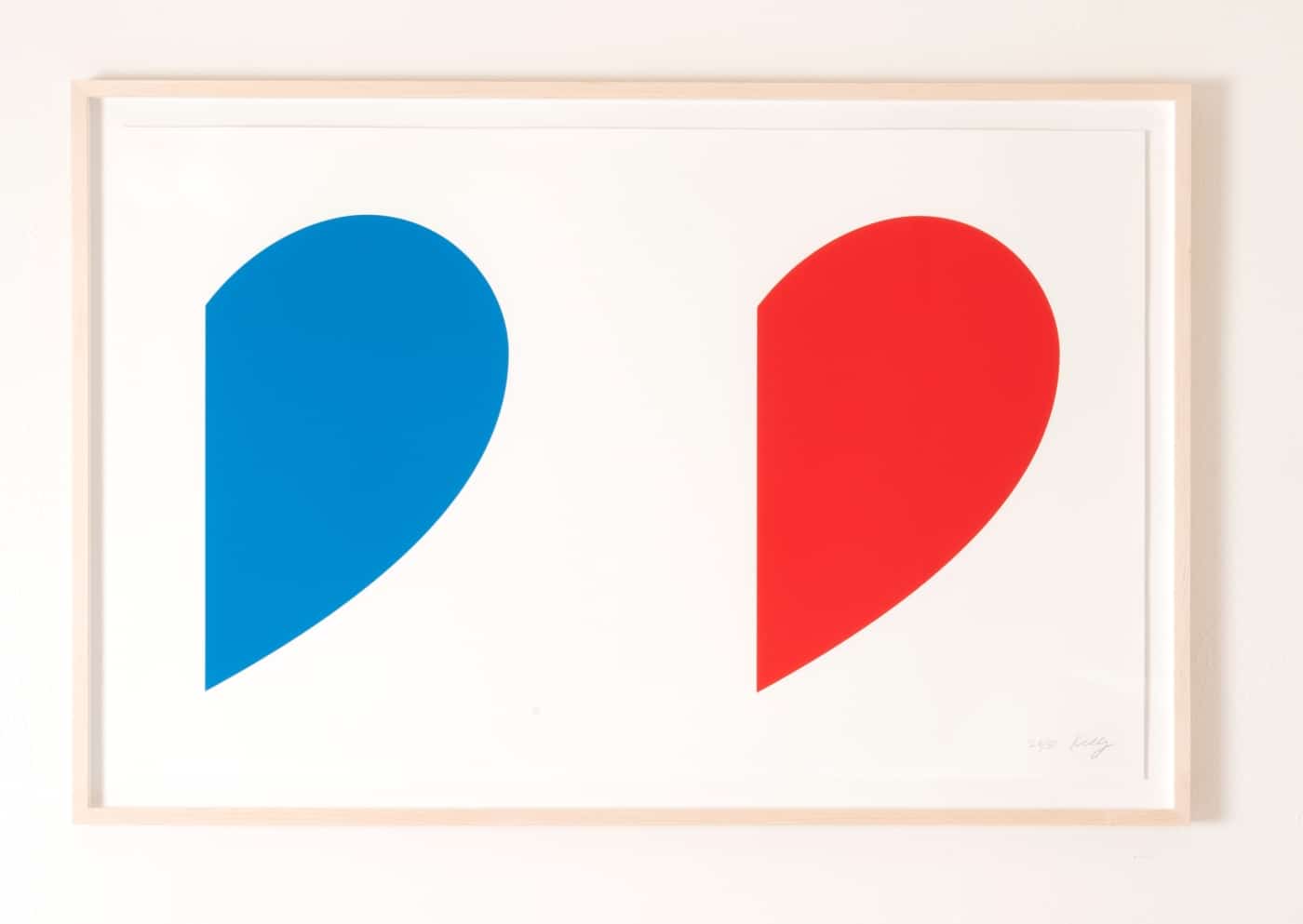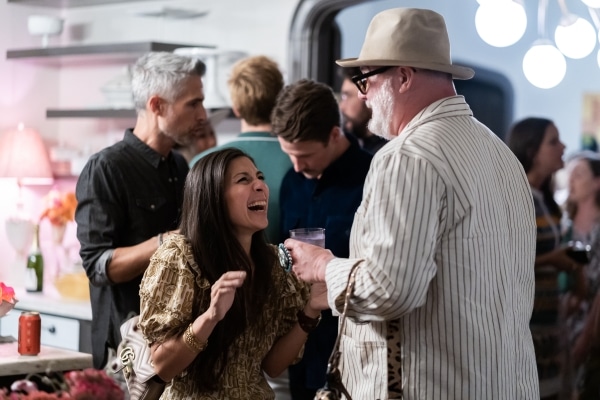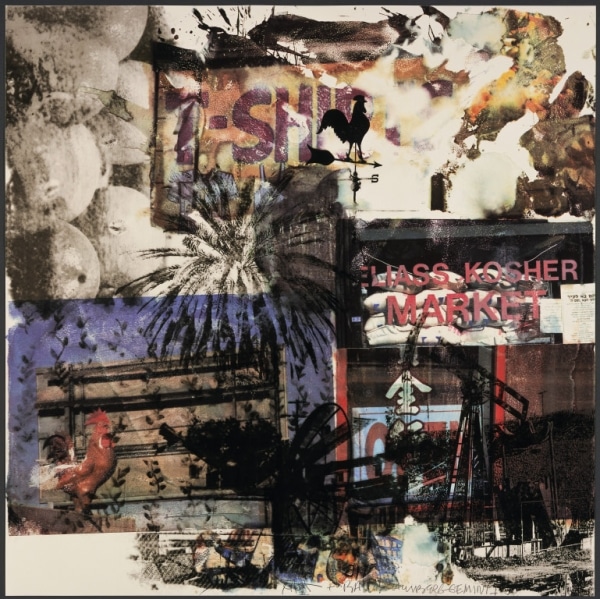Exploring the intricacies of printmaking: techniques and types explained
Printmaking, steeped in tradition and innovation, is full of diverse techniques and approaches. From the classic methods like woodcut and etching to the more contemporary digital processes, printmaking is ever-evolving. At its core, a print is more than just an artwork; it’s a result of a meticulous transfer process, and often involves multiple iterations.
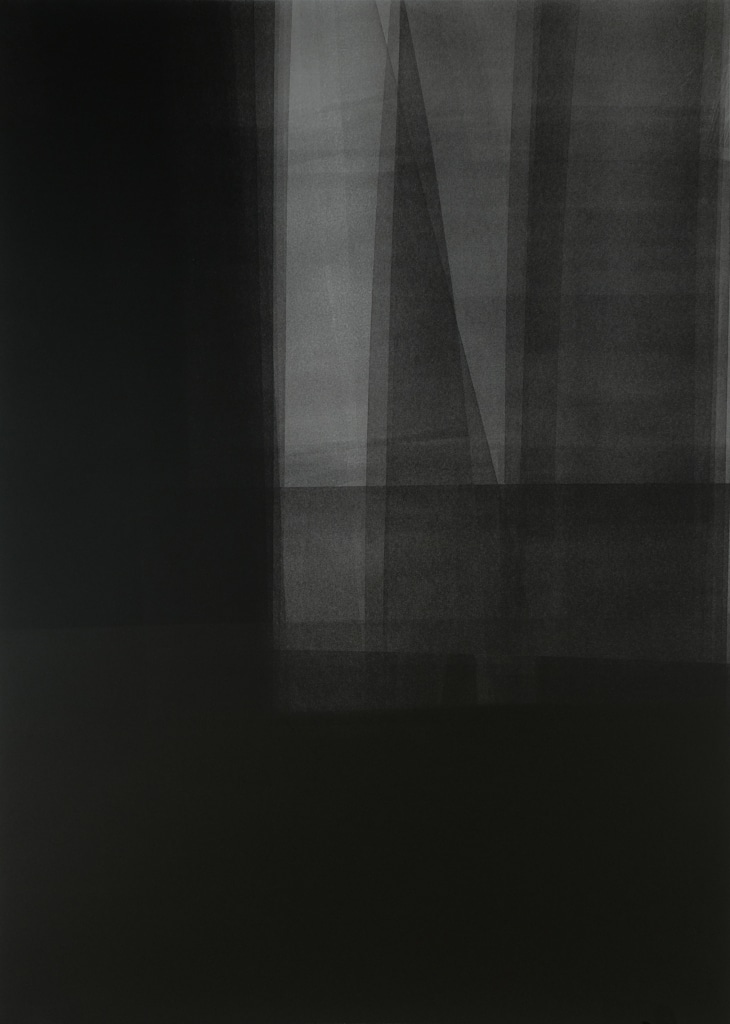
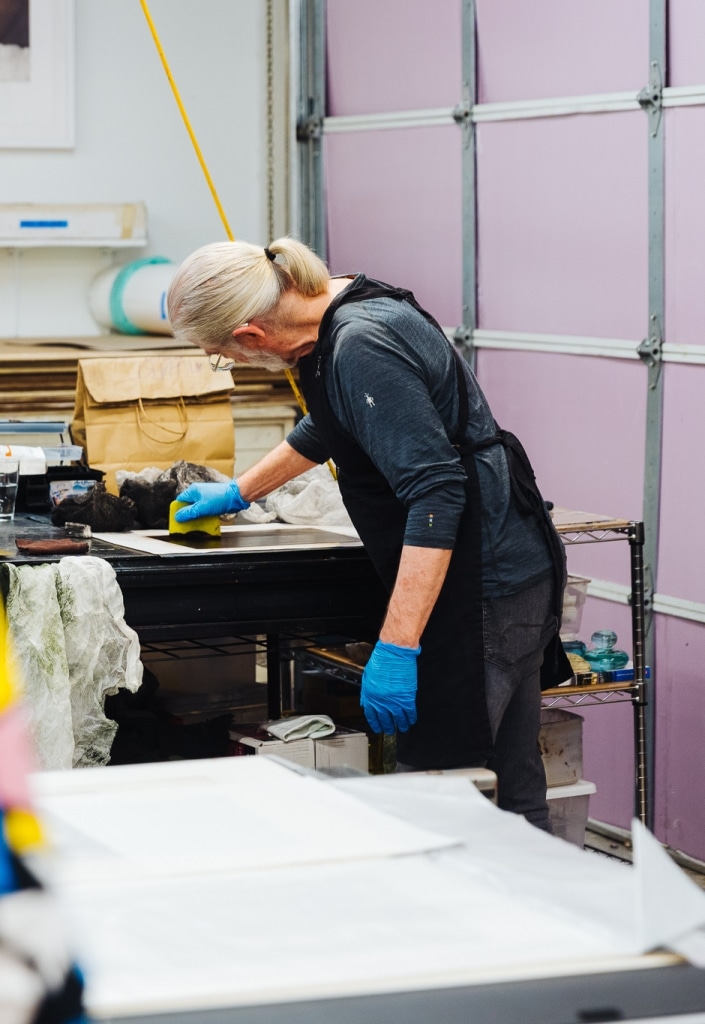
Understanding the essence of printmaking begins with an exploration of its varied techniques. There are four fundamental types:
Etching
Etching is a detailed process where an artist scratches an image onto a metal plate covered with wax, exposing the metal beneath. Subsequently, the plate is inked, allowing the ink to seep into the etched lines. When pressed onto paper, the transferred image emerges with stunning clarity and depth. This technique’s use of precision and creativity makes it a respected method among printmakers.
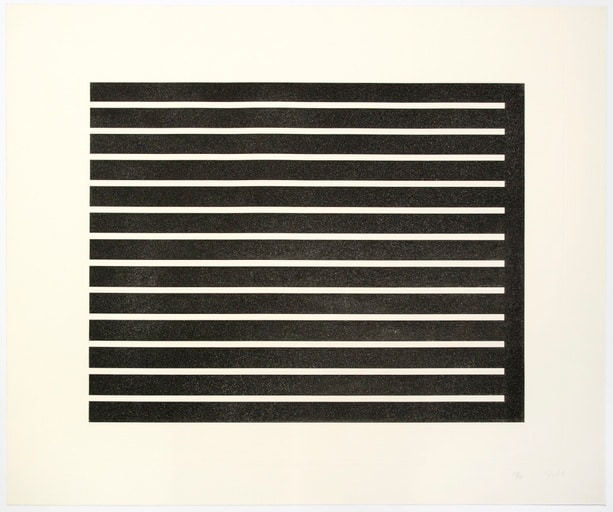
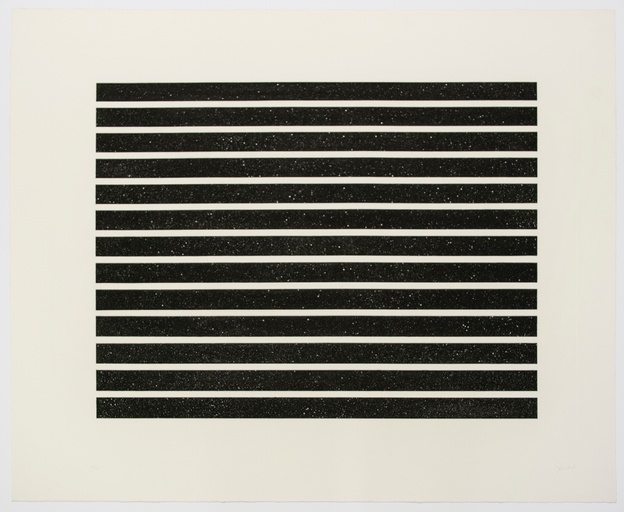


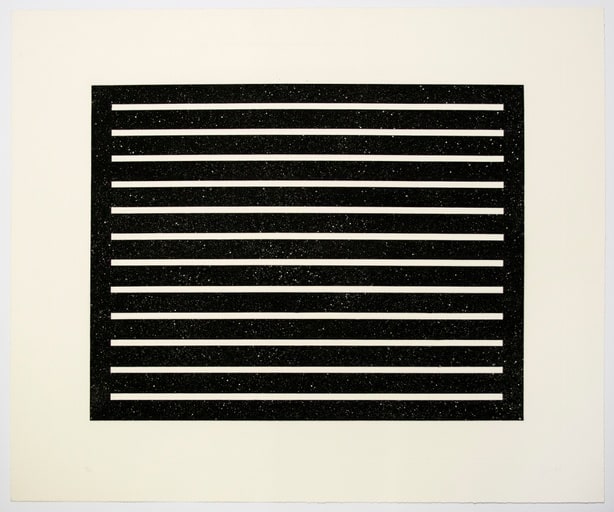
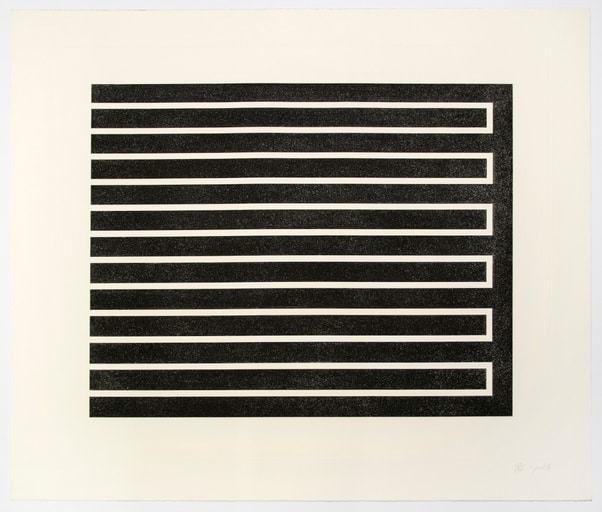
Donald Judd, Untitled (#118-123), 1980.
Lithography
In lithography, artists directly draw their vision onto a specially treated stone or metal plate using greasy materials. This surface is then chemically treated, preserving the drawn image while repelling water from the non-drawn areas. When inked, the image on the plate transfers onto paper through a press, capturing the details and tonal variations of the original drawing.
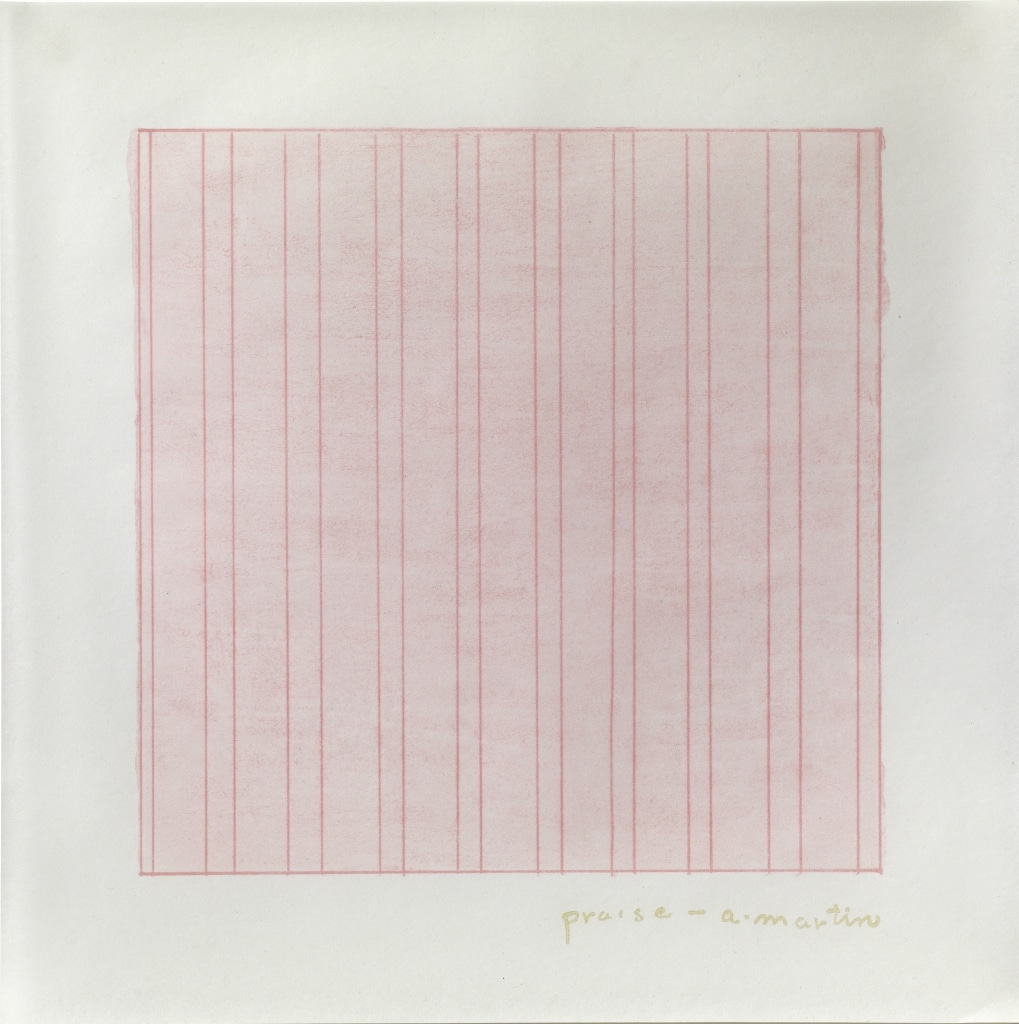
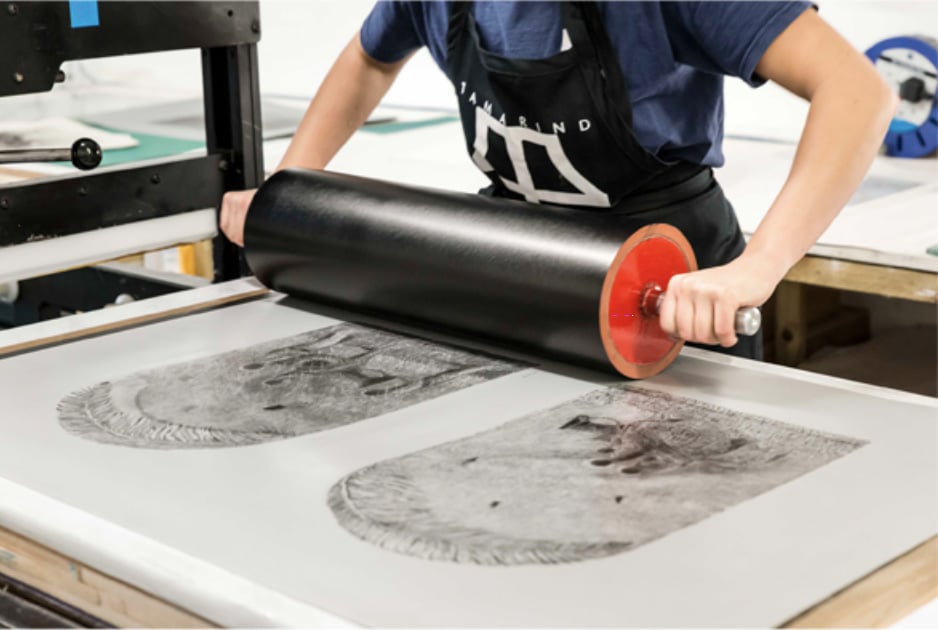
Screenprinting
Screenprinting involves creating a stencil by cutting an image into a sheet of paper or using a light-sensitive emulsion on a screen mesh. This stencil forms the ‘screen.’ When ink is pressed through the screen and onto a surface, the image takes shape. It’s a versatile technique, allowing for vibrant colors and varied textures, making it a popular choice among artists for its adaptability.


Woodcutting
Woodcutting, the oldest of printmaking processes, involves carving an image onto a block of wood. After inkling the carved surface with a roller, the block is pressed onto paper, transferring the inked image. This technique’s tactile nature and the distinctive quality of wood grain make each print unique, carrying the essence of the artist’s handiwork.
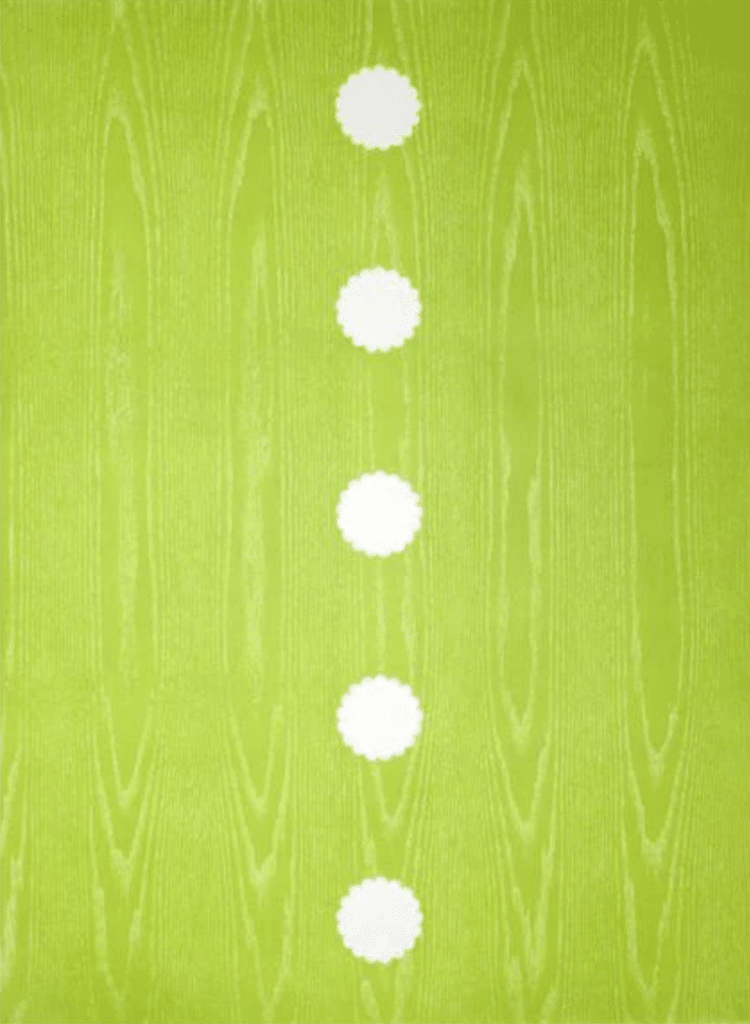
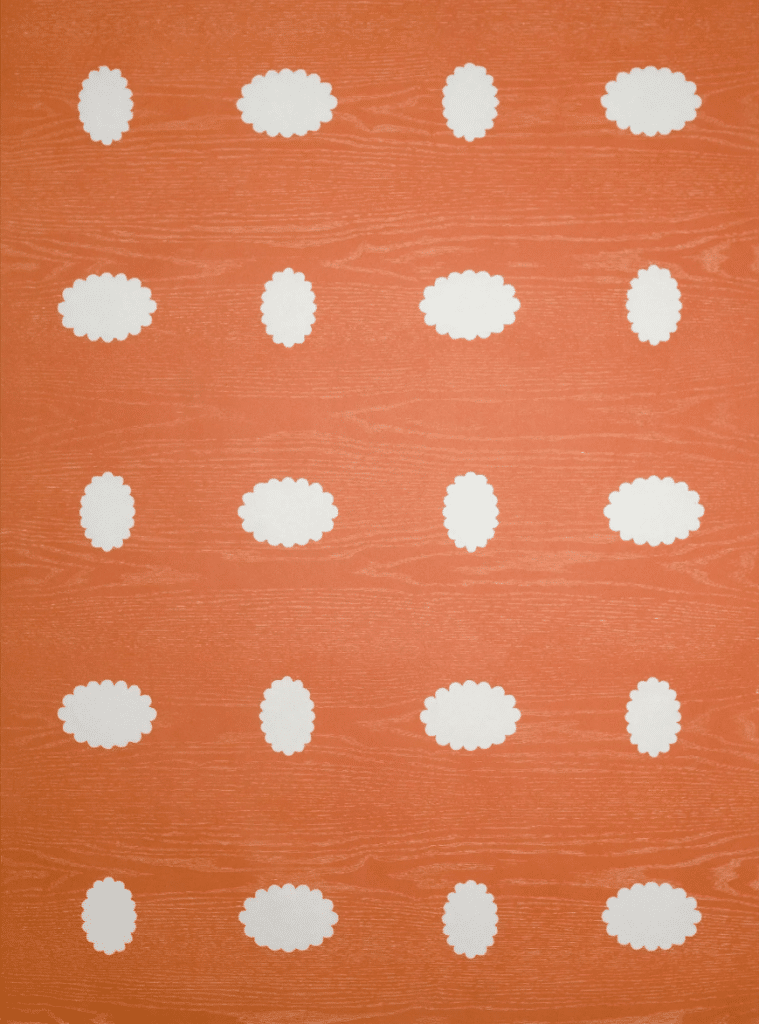

Editions
Editions are an important aspect of the printmaking process, and we’re often asked questions about how they’re numbered, what proofs are and more.
Prints aren’t mass-produced, instead only a limited number are made and are referred to as “editions.” Each print in this limited set is one of a kind. They’re marked with a special number, like 5/30. The number on the left tells you which print it is, while the number on the right shows how many were made in total.
Sometimes, artists make a few extra copies called “artist’s proofs.” These are just as significant and are often marked, A/P. These artists may experiment with different versions called state proofs or trial proofs. These are like test runs to try out new ideas with different colors or paper types.
Andy Warhol sold these unique trial proofs with special color combos. These types of editions were popular amongst his audience because they’re one-of-a-kind pieces in his collection.

When everything’s perfect, a special proof market B.A.T. is made, meaning “ready to print” in French. This print is used as the blueprint for the rest of the prints in the edition.
Printmaking’s allure lies not only in its historical significance but also in its capacity to evolve. With the advent of digital technologies, artists can now explore new styles, merging traditional techniques with modern tools, unlocking boundless possibilities.
All featured artworks available to CoCollect members. Learn more here.



